Discover 11 hidden attractions, cool sights, and unusual things to do in Folkestone (United Kingdom). Don't miss out on these must-see attractions: Folkestone Ski Centre, Sandgate Castle, and Folkestone Town Hall. Also, be sure to include Leas Cliff Hall in your itinerary.
Below, you can find the list of the most amazing places you should visit in Folkestone (England).
Table of Contents
Folkestone Ski Centre
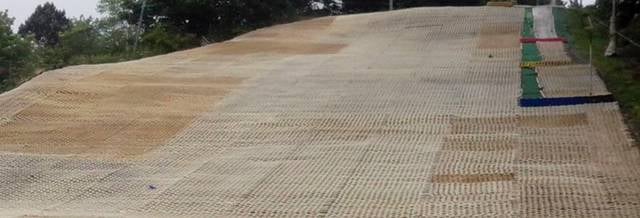
Ski area, Sport complex, Gym, Spa, Golf, Outdoor activities, Park
Address: Folkestone & District Sports Centre Trust Ltd Radnor Radnor Park Avenue, CT19 5HX Folkestone
Sandgate Castle
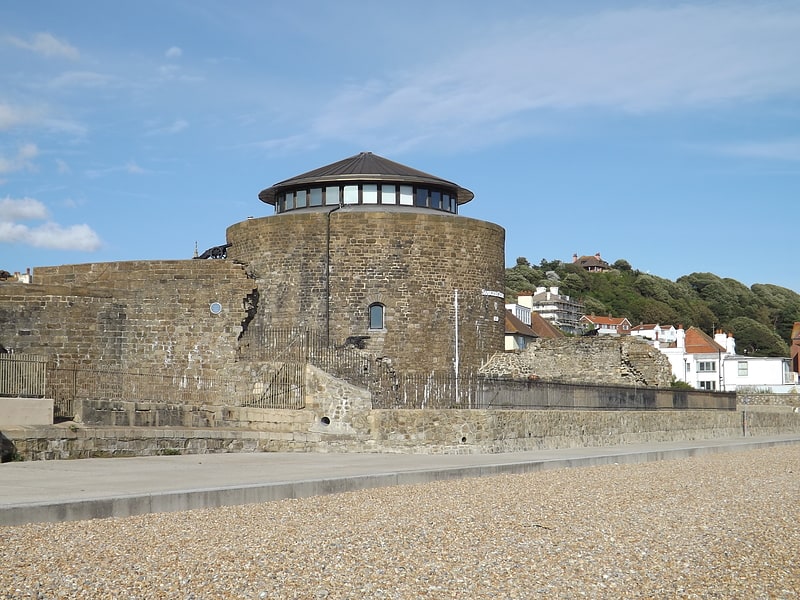
Castle in Sandgate, England. Sandgate Castle is an artillery fort originally constructed by Henry VIII in Sandgate in Kent, between 1539 and 1540. It formed part of the King's Device programme to protect England against invasion from France and the Holy Roman Empire, and defended vulnerable point along the coast. It comprised a central stone keep, with three towers and a gatehouse. It could hold four tiers of artillery, and was fitted with a total of 142 firing points for cannon and handguns.
Sandgate was taken by Parliament in 1642 at the start of the first English Civil War, and was seized by Royalist rebels in the second civil war of 1648. The castle was extensively redesigned between 1805 and 1808 during the Napoleonic Wars. The height of the castle was significantly reduced and the keep was turned into a Martello tower; when the work was completed, it was armed with ten 24-pounder (11 kg) guns and could hold a garrison of 40 men.
The castle had begun to suffer damage from the sea by the early 17th century, and by the middle of the 19th century, the receding coastline had reached the edge of the castle walls. The high costs of repair contributed to the government's decision to sell the site off in 1888. It was initially bought by a railway company and then passed into private ownership.
Coastal erosion continued and by the 1950s, the southern part of the castle had been destroyed by the sea. The remaining castle was restored between 1975 and 1979 by Peter and Barbara McGregor, who turned the keep into a private residence. In the 21st century, Sandgate remains in private ownership, and is protected under UK law as a grade I listed building.[1]
Folkestone Town Hall
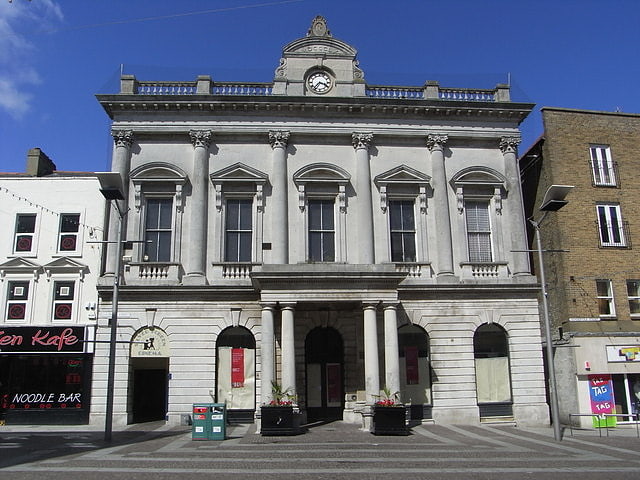
Folkestone Town Hall, also known as The Guildhall, is a municipal building in Guildhall Street, Folkestone, Kent, England. The town hall, which was the headquarters of Folkestone Borough Council, is a Grade II listed building.[2]
Leas Cliff Hall
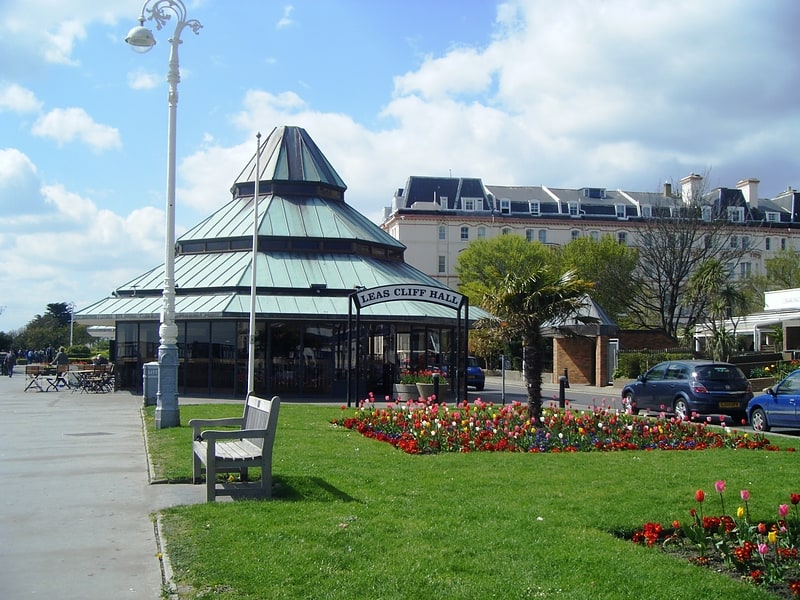
Conference center in Folkestone, England. Leas Cliff Hall is an entertainment and function venue situated in Folkestone, on the Kent coast of England. The Grand Hall seats 900 and it has a standing capacity of 1500. It currently presents a varied programme of touring shows including concerts, comedy, ballet and wrestling.[3]
Address: Folkestone, The Leas
Lower Leas Coastal Park
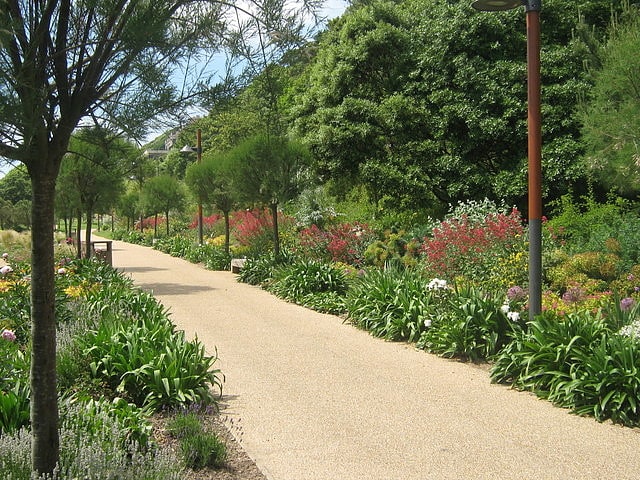
Playground in Folkestone, England. Lower Leas Coastal Park is in Folkestone, in Kent, England. The park is split into three broad recreational zones, starting at The Leas Lift and heading west. The formal zone comprises pine avenues and flower gardens, planted for all-year-round interest. The fun zone comprises the large free adventure play area and the amphitheatre. The last area, the wild zone, has been created for a diverse wildlife habitat, with careful management.[4]
Cheriton
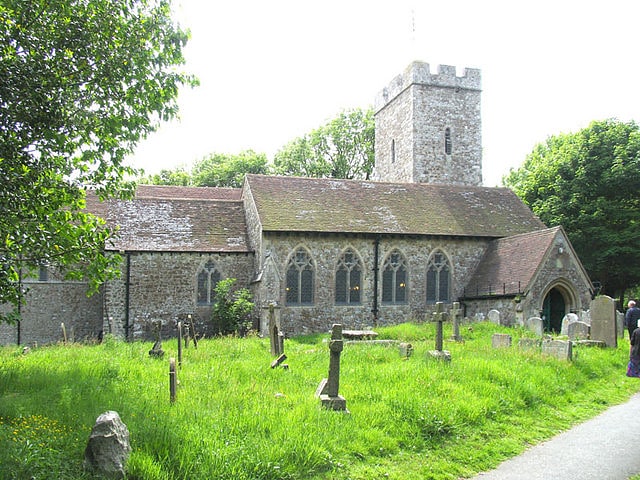
Cheriton is a northern suburb of Folkestone in Kent. It is the location of the English terminal of the Channel Tunnel as well as of the major army barracks of Shorncliffe Camp.[5]
Address: Cheriton High Street, CT19 4HE Folkestone
Folkestone Castle

Folkestone Castle stood on a spur of the North Downs to the north of the town of Folkestone, Kent.
The Norman castle on a natural mound which existed in the late 11th and 12th centuries. It was excavated in 1878 by Augustus Pitt Rivers and this has been claimed to be the first excavation of a medieval site in Britain using scientific methods.
Known locally as "Caesar's Camp", it is not actually Roman at all, but was probably constructed as early as 1095 and was certainly occupied for some time following the Norman invasion. The hill on which it stands is known as Castle Hill and it affords splendid views over the town and coast, from Folkestone across Romney Marsh to Dungeness, Rye and Fairlight.
The earthworks now overlook the end of the M20 motorway and the entrance to the Channel Tunnel at Cheriton.[6]
Elham Valley Line Trust Railway Museum And Countryside Centre
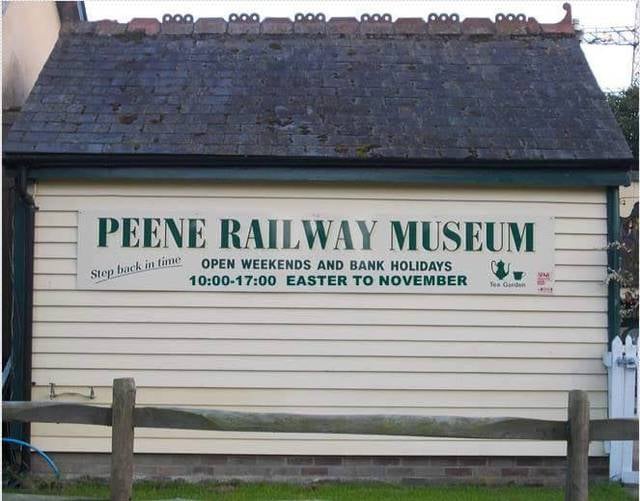
Specialty museum, Museum
Address: Newington Road, CT18 8AZ Folkestone
Holy Trinity Church
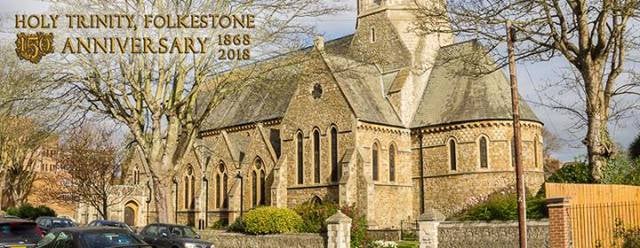
Church
Address: Sandgate Road, CT20 2HQ Folkestone
Tower Theatre
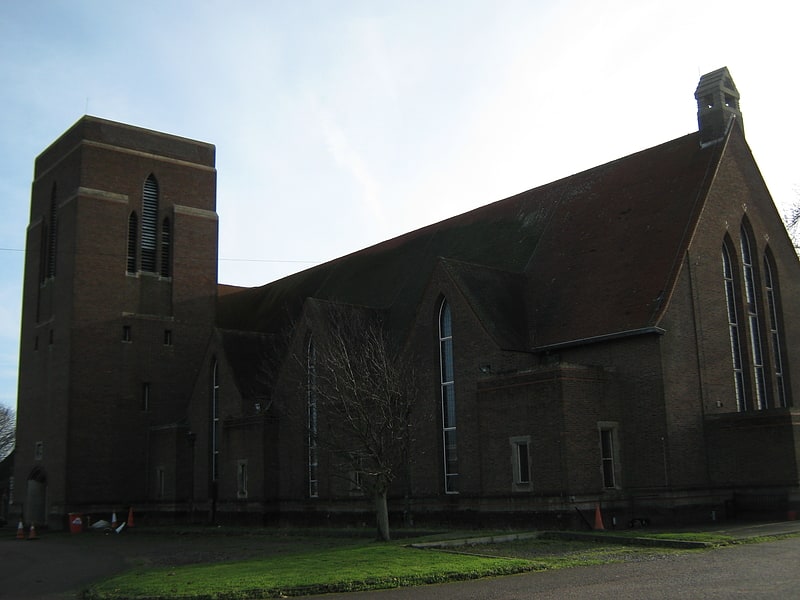
Theatre in Folkestone, England. The Tower Theatre is a theatre in Folkestone, Kent that has been converted from the garrison church of Shorncliffe Camp barracks. The venue is owned by Folkestone & Hythe Operatic & Dramatic Society,.[7]
Address: North Road, CT20 3HL Folkestone
Folkestone Roman Villa

Folkestone Roman Villa, also referred to as the East Bay Site, is a villa built during the Roman Occupation of Britain, and is located in East Wear Bay near the port town of Folkestone, in Kent, England. The villa is situated on a cliff top overlooking the English Channel, with views of the French coast at Boulogne on a clear day. It is situated near the start of the North Downs Trackway, and the area has been inhabited for thousands of years, with archeological finds in the area and at the villa site dating back to the mesolithic and neolithic ages. The villa was built around A. D. 75, and was almost certainly built within the confines of a preexisting Iron Age settlement.
The villa was rebuilt and expanded in probably the second century A. D. this time as a more substantial structure with mosaics, a bath-house, and a second block, possibly connected by a courtyard. The villa was abandoned sometime in the third century, though archeological evidence suggests that it was briefly reoccupied in the fourth century.[8]